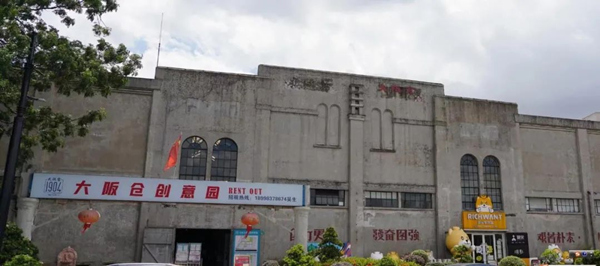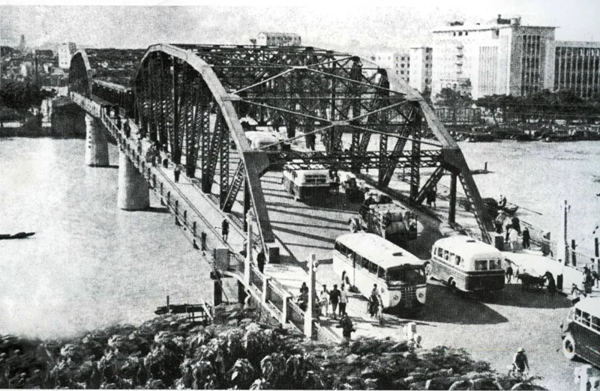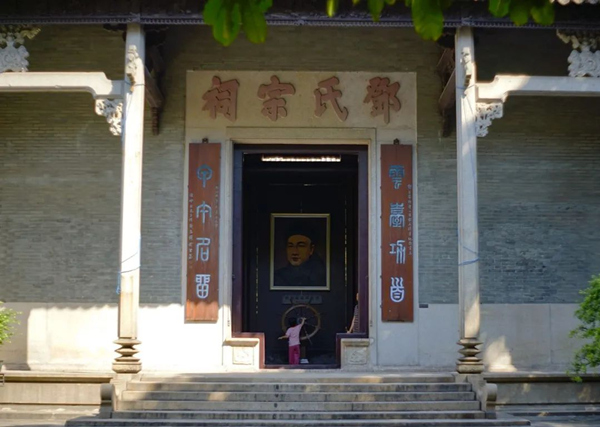Haizhu's ancient buildings tell Guangzhou's history
Haizhu has many ancient buildings that carry Guangzhou's history.
The Taikoo Cang Wharf was built between 1930 and 1934. According to the records of Guangzhou Port History, foreign merchants rushed to occupy the Guangzhou port in the 1920s, including those from Japan. The Osaka warehouse is of great value for the study of the history of modern wharfs and the history of Guangzhou's foreign trade. In December 2008, it was designated a cultural relics protection unit in Guangzhou.

Taikoo Cang Wharf. [Photo/WeChat account: gzhzfb]
Haizhu Bridge is connected to the southern end of Qiyi Road in the north and the northern end of Jiangnan Avenue in the south. It is the first bridge in Guangzhou that spans both sides of the Pearl River. Construction began in December 1929 and was completed in February 1933.

Haizhu Bridge. [Photo/WeChat account: gzhzfb]
In the 1970s, Haizhu Bridge was widened by 8 meters on both sides, and the iron bridge body was reinforced. The bridge was overhauled from February 2012 to September 2013. On April 12, 2019, it was included on China's industrial heritage protection list.
There are more than 140 ancestral halls with various characteristics in Haizhu district, including famous ancestral halls and family ancestral halls, such as the ancestral hall of the national hero Deng Shichang, the ancestral hall of the Hu family in Huangpu village, as well as the ancestral hall of the Wei family in Lijiao village.

An ancient ancestral hall. [Photo/WeChat account: gzhzfb]
All rights reserved. Presented by China Daily

